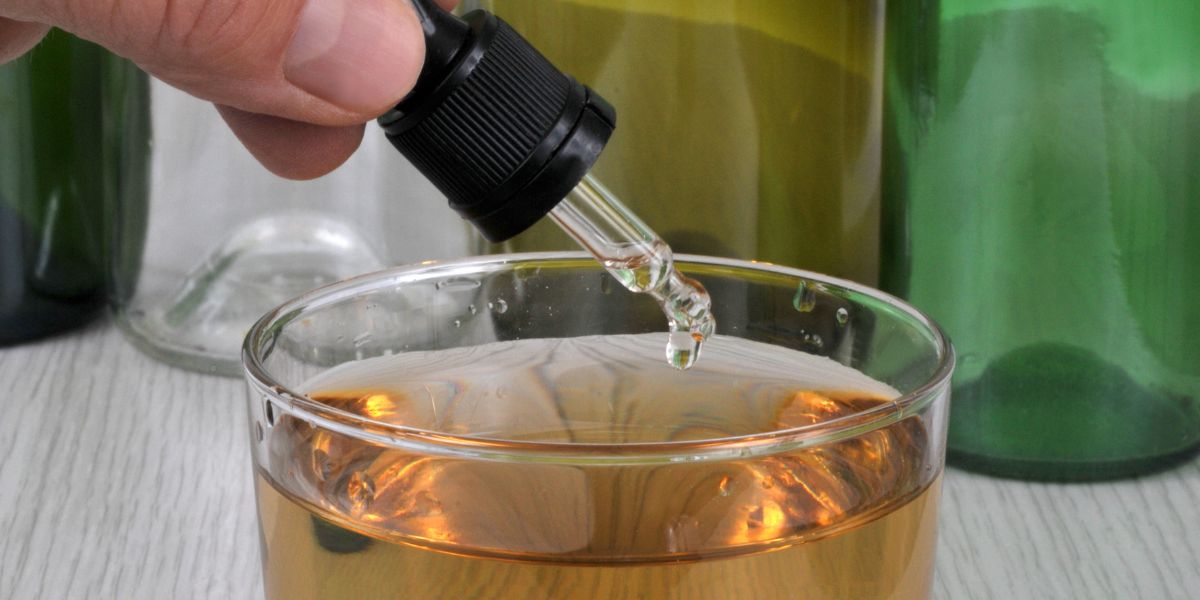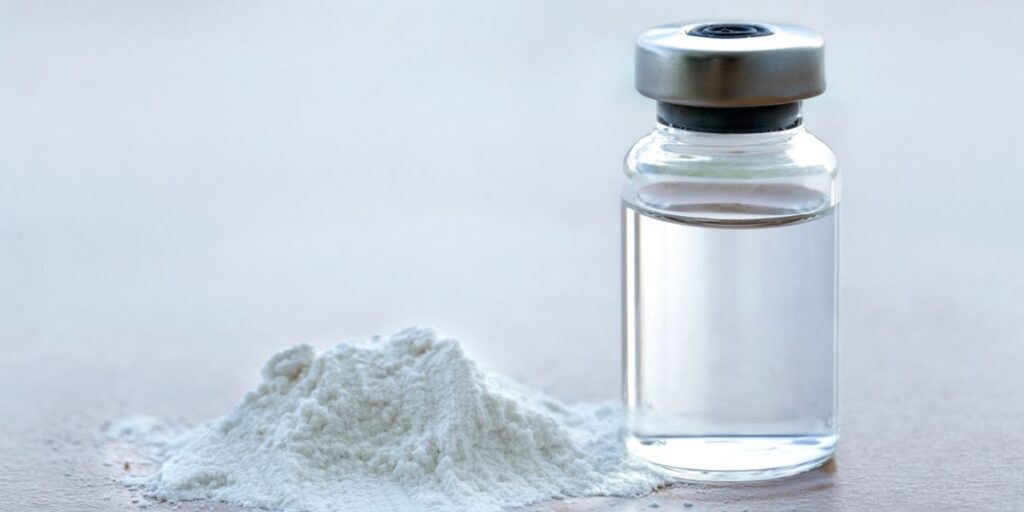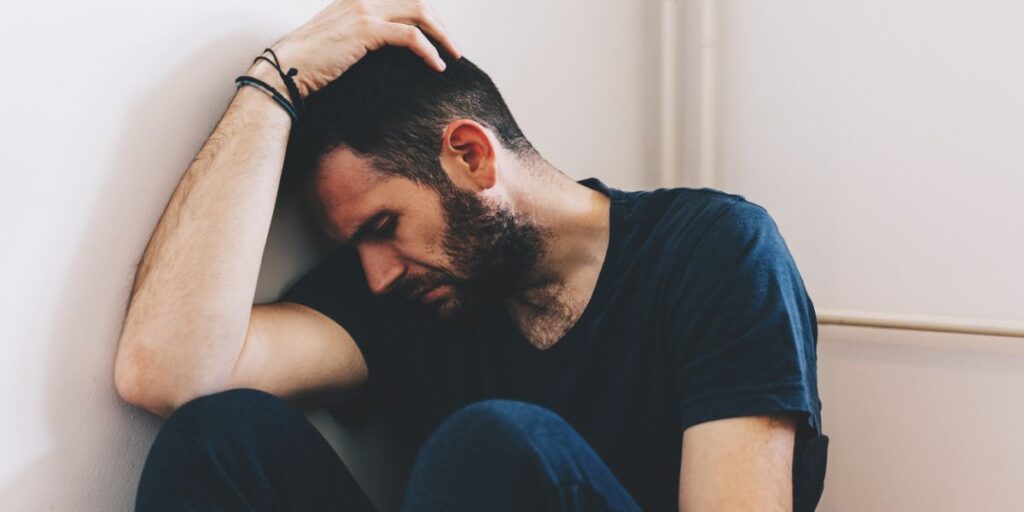GHB (Gamma-Hydroxybutyrate) Withdrawal Symptoms


Medical Writer:
Reviewer:

Johnny Kim
Executive Psychotherapist
Medical Writer:
Reviewer:

Johnny Kim
Executive Psychotherapist
GHB, or gamma-hydroxybutyric acid, has traversed a complex path from medical research to a dangerous street drug. Initially researched for its sedative properties, this substance quickly found a niche outside the confines of science. Over the decades, GHB has shifted from the bodybuilding community to the darker corners of nightclubs. Let’s explore the different ways GHB is used, from medical benefits to the risks of addiction and drug overdose.
In the 1970s and 1980s, GHB was often used as a supplement, especially by those dieting or bodybuilding. It was easy to find in health food stores and commonly used to burn fat, build muscle, and increase growth hormone levels.
Table of Contents
ToggleThen, in the 1980s and 1990s, GHB became popular in clubs and raves because it was believed to increase sex drive. Many reports showed that GHB was used to spike drinks, causing people to pass out and making it easier for sexual assaults to happen.
As a result, GHB was designated as a Schedule I controlled substance by the Food and Drug Administration (FDA) in March 2000. However, due to its medical benefits, sodium oxybate is classified as a Schedule III controlled substance.
What Is GHB?
Gamma hydroxybutyric acid, known as GHB and infamous for its association with date rape, is a prohibited substance that effectively suppresses the nervous system.
Nonetheless, substitute compounds to GHB, like GBL, gamma-butyrolactone, and B.D. or 1,4-butanediol, are utilized due to their lack of regulation and difficulty being categorized as controlled substances.
As a sodium salt, GHB is known generically as sodium oxybate. This FDA-approved prescription medication is marketed in the United States under the brand name Xyrem, and in Europe, it is sold as Alcover.
GHB Drug Names
Frequently used slang terms for GHB are:
- Easy lay
- Scoop
- Fantasy
- Liquid X
- Mils
- Gamma OH
- Goop
- Liquid ecstasy
- Liquid fantasy
- Georgia home boy
- G
- Grievous bodily harm

What Does GHB Look Like?
GHB usually presents itself as a liquid or white powder that easily dissolves in different liquids like water or alcohol. The Drug Enforcement Administration (DEA) notes in its Drug Fact Sheet that in its liquid state, GHB is clear, lacks any distinct odor, and possesses a subtly salty flavor. This formulation is frequently found in compact vials or small water bottles, making it both portable and inconspicuous.
GHB Use
At present, there are mainly three categories of people who use GHB: those who are prone to misuse the drug, fitness enthusiasts who think it triggers the secretion of growth hormones, sexual offenders who exploit its sedative properties to carry out malicious acts, and people who regularly attend clubs or raves, pursuing its euphoric impacts.
GHB Doses
The effects of GHB manifest within 15 to 30 minutes after ingestion and can last anywhere from 1 to 6 hours, varying with the dosage.
An average dose of GHB varies from 1 to 5 grams, influenced by the drug’s purity. However, 1 to 2 grams are generally sufficient to induce the desired effects of well-being and euphoria.
Higher doses of GHB can cause drowsiness, and as the concentration in the blood escalates, notable impacts on coordination and speech may occur.
Side Effects of GHB
Immediately after ingesting GHB, symptoms typically include sedative effects, feelings of reduced inhibition, euphoria, and decreased anxiety. However, sedative side effects such as memory loss also occur alongside these initial desirable effects. Additionally, even small doses can induce vomiting, abdominal pain, and other adverse effects.
Adverse reactions to GHB include:
- Memory impairment
- Excited or aggressive behavior
- Drowsiness
- Hallucinations
- Headache
- Confusion
- Slurred speech
High doses of GHB can lead to:
- Coma
- Slowed heart rate
- Seizures
- Death
- Unconsciousness
- Nausea
- Lowered body temperature
- Prolonged deep sleep cycles
GHB Risk of Overdose
GHB is often abused alongside alcohol, which heightens the risk of adverse side effects by combining the effects of both sedative substances.
The combined effects of GHB and depressants, such as alcohol and benzodiazepines, significantly enhance the depressant impact on the central nervous system. This can lead to respiratory depression, excessively slowing down breathing and potentially causing coma or death.
Overdosing on GHB can result in coma or even death. Indications of an overdose on GHB include:
- Inability to control physical actions
- Lack of gag reflex
- Suppressed breathing
- Changed levels of awareness
GBL and B.D.
GHB is illegal, so people use GBL and B.D. as substitutes. These substances turn into GHB in the body and produce similar effects. GBL and B.D. are marketed as supplements with multiple uses, including fat loss, bodybuilding, improving eyesight, reversing baldness, and addressing depression, aging, and insomnia.
GHB Withdrawal Symptoms
Substantial evidence indicates that prolonged abuse of GHB, GBL, and B.D. can lead to addiction and physical dependence. Consequently, suddenly discontinuing use can trigger withdrawal symptoms similar to alcohol withdrawal syndrome.
The initial symptoms of GHB withdrawal usually manifest within 24 hours after the last usage. Nonetheless, the particular indications and manifestations of withdrawal can vary among individuals, affected by the duration of usage and history of drug misuse.
There are several reported common effects of GHB withdrawal, including:
- Tremors
- Paranoia
- Disorientation
- Itching
- Vomiting
- Insomnia
- Agitation
- Delirium
- Anxiety and nervousness
- Confusion
The most severe withdrawal effects are linked to GHB abuse combined with other chronic substance use. GBL and B.D. can also cause intense withdrawal symptoms, including:
- Delusional thinking
- Convulsions
- Renal failure
- High blood pressure
- Reduced breathing rate
- Hepatic injury
- Seeing things that aren’t there
- Elevated body temperature
Suddenly stopping long-term GHB use is a medical emergency that requires the involvement of an addiction specialist because the person is often using multiple other drugs.

Treatment for GHB Withdrawal
It is never too late to seek help. At White Oak Recovery Center, we provide medical detox for acute withdrawal and offer 24/7 medical supervision to keep you safe and comfortable.
Medical professionals supervise our detox program at White Oak Recovery Center. It helps manage and reduce severe withdrawal symptoms of GHB while also reducing the risk of relapse. We offer a unique treatment plan customized to your specific needs, aiming for sustained recovery.
Our medication-assisted treatment and dual diagnosis programs at WORC emphasize mental health co-occurring disorders, ensuring that every resident is fully supported in healing all aspects of themselves in a comfortable setting.
We collaborate with numerous insurance providers to ensure seamless payment options and enrollment. Contact us today to speak with one of our compassionate addiction treatment specialists at White Oak Recovery Center.

Am I covered for addiction treatment?
Your insurance may cover treatment. Call now for an entirely free and confidential assessment. Recovery starts with a phone call.

- Carter, Lawrence P., et al., “Illicit Gamma-Hydroxybutyrate (GHB) and Pharmaceutical Sodium Oxybate (Xyrem): Differences in Characteristics and Misuse.” Drug Alcohol Dependence, Jun. 2009.
- “GHB.” Drug Enforcement Administration, Apr. 2020.
- Oliveto, Alison, et al., “Behavioral Effects of Gamma-Hydroxybutyrate (GHB) in Humans.” Behav. Pharmacol., Jul. 2010.
- Barker, Judith C., et al., “Experiences of Gamma Hydroxybutyrate (GHB) Ingestion: A Focus Group Study.” J Psychoactive Drugs, Jun. 2007.
- Kapoor, Prakhar, et al., “GHB Acid: A Rage or Reprive.” Journal of Advanced Pharmaceutical Technology and Research, Dec. 2013.
- Busardo, Francesco P., and Jones, Alan W., “GHB Pharmacology and Toxicology: Acute Intoxication, Concentrations in Blood and Urine in Forensic Cases and Treatment of the Withdrawal Syndrome.” Current Neuropharmacology, Jan. 2015
Medical Disclaimer:







